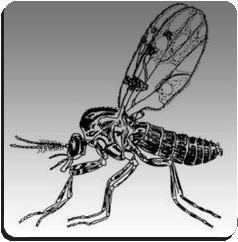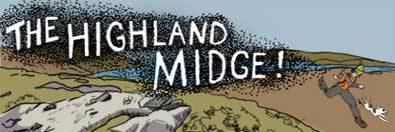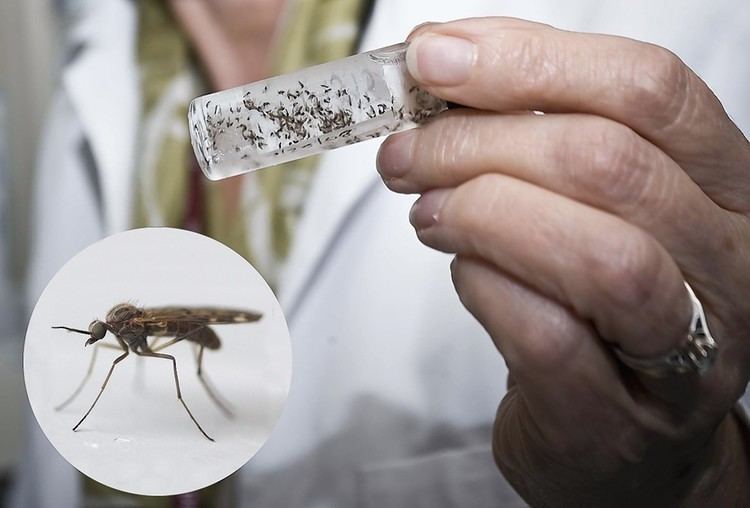Scientific name Culicoides impunctatus Higher classification Culicoides Rank Species | Subgenus Culicoides Order Fly | |
 | ||
Similar Sandflies, Culicoides, Fly, insect, Culicoides imicola | ||
The highland midge (scientific name: Culicoides impunctatus; Scots: Midgie; Scottish Gaelic: Meanbh-chuileag) is a species of small flying insect, found across the Palearctic (throughout the British Isles, Scandinavia, other regions of Europe, Russia and Northern China) in upland and lowland areas (fens, bogs and marshes). In the north west of Scotland and northern Wales it occurs from late spring to late summer Female Highland midges are well known for gathering in clouds and biting humans, though the majority of the blood they obtain comes from cattle, sheep and deer. The bite of Culicoides is felt as a sharp prick and is often followed by irritating lumps that may disappear in a few hours or last for days.

Following Scotland's exceptionally cold winter in the early part of 2010, scientists found that the prolonged freezing conditions, rather than reducing the following summer's midge population in the Scottish Highlands, in fact increased it as the cold weather had reduced the numbers of its natural predators, such as bats and birds.

Activity

Female midges tend to bite in close proximity to their breeding site (although they have been found up to 1 km away) and near to the ground. They are most active just before dawn and sunset but bite at any time of day. Midges are less active with wind speeds of over 6 mph, or humidity below 60-75%.
Midges tend to hate dry cloudless conditions, and are thus prevelent in humid, wet and cloudy conditions. Rain does not put them off, nor does darkness. However, they tend not to go into houses or buildings, but will enter tents.
